North America is home to some truly remarkable wildlife, from majestic bison roaming the plains to playful otters frolicking in rivers. But beyond these well-known creatures, there are some lesser-known residents of our continent that are equally fascinating. In this listicle, we’re diving into the world of North America’s rarest animals. These are the ones you’ve probably never seen in person, but after reading this, you might just want to keep an eye out for them on your next adventure.
1. The Elusive American Marten

The American Marten is like the secret agent of the forest. These small and agile creatures are so elusive that even wildlife photographers consider spotting one a badge of honor. Found primarily in northern forests, they’re known for their luxurious fur and bushy tails. Despite their tiny size, martens are fierce hunters, feasting on everything from squirrels to berries. You’d think with their golden-brown coats they’d stand out, but their ability to blend into their surroundings is top-notch. These critters are nocturnal, so your best chance of seeing one is during those twilight hours when most of us are already snug in bed.
Martens are also a vital indicator of forest health. Healthy marten populations suggest a thriving ecosystem, so their presence—or absence—can tell scientists a lot. Unfortunately, due to deforestation and habitat fragmentation, these clever creatures are becoming increasingly rare. Conservation efforts are key to ensuring that the forests they call home remain intact. And while you may never cross paths with an American Marten, knowing they’re out there adds a layer of mystery and wonder to our woodlands.
2. The Peculiar Aplodontia
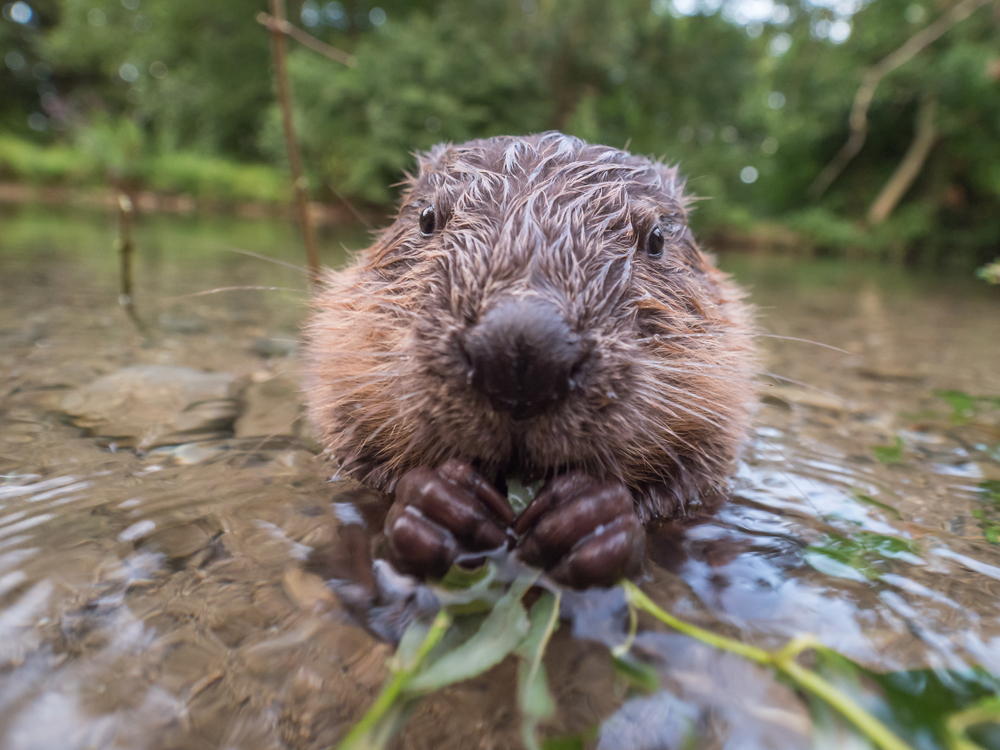
Ever heard of an Aplodontia? Probably not, unless you’re a rodent enthusiast. Also known as the mountain beaver (though it’s not a true beaver), this unique creature calls the Pacific Northwest home. With their chunky bodies and short tails, they might remind you of a cross between a gopher and a guinea pig. Despite the “mountain” in their name, they prefer moist, lowland forests. They’re proficient diggers, creating elaborate underground burrows that can stretch for meters.
These burrows are like underground mansions, complete with multiple rooms for storing food and resting. Aplodontias have been around for millions of years, making them living fossils. However, their preference for specific habitats means they’re highly susceptible to environmental changes. Urban development and changing climates are threats to their survival. Spotting one is a rare treat, and if you do, you’re witnessing a piece of North America’s ancient past.
3. The Ghostly White Alligator
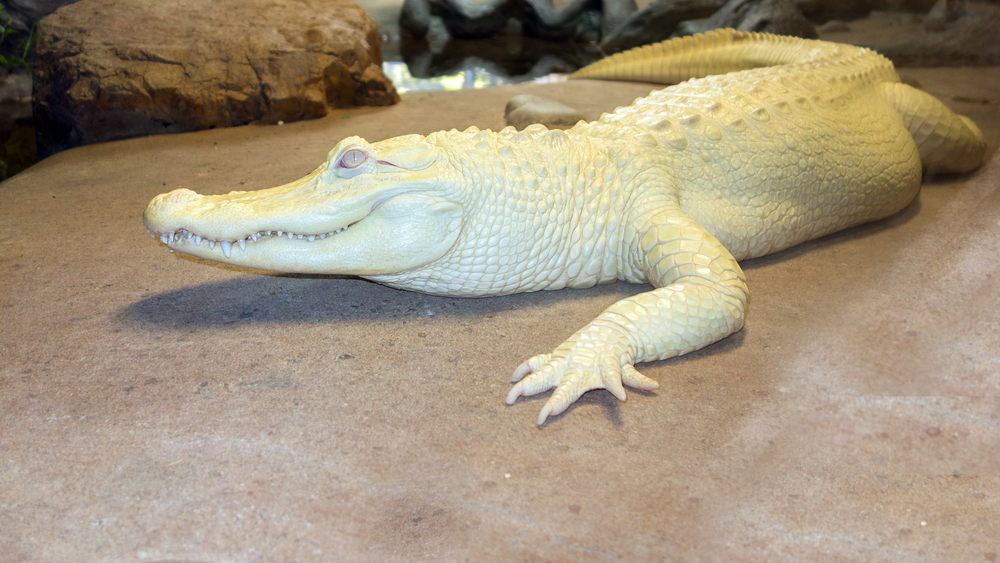
If you ever find yourself in the swamps of Louisiana or Florida, you might just be lucky enough to encounter a white alligator. But don’t mistake it for a regular gator covered in mud—these reptiles are a rare genetic anomaly. White alligators suffer from leucism, a condition that reduces pigment in their skin, making them appear almost ghostly. Unlike albinos, they have blue eyes instead of pink. This lack of camouflage makes survival in the wild incredibly challenging, so most live under the protection of zoos or wildlife reserves. According to National Geographic, white alligators with leucism face unique survival challenges due to their lack of camouflage and increased sensitivity to sunlight.
Their striking appearance has made them stars in their own right. People travel from far and wide just to catch a glimpse of these living marsh myths. Conservationists work diligently to ensure their safety, given their vulnerability to predators and sunburn. Though seeing one in the wild is unlikely, their existence reminds us of nature’s unpredictable beauty. So if you’re exploring the southern swamps, keep your eyes peeled. You never know when you might spot one of these ghostly creatures lurking in the water.
4. The Mysterious Vaquita
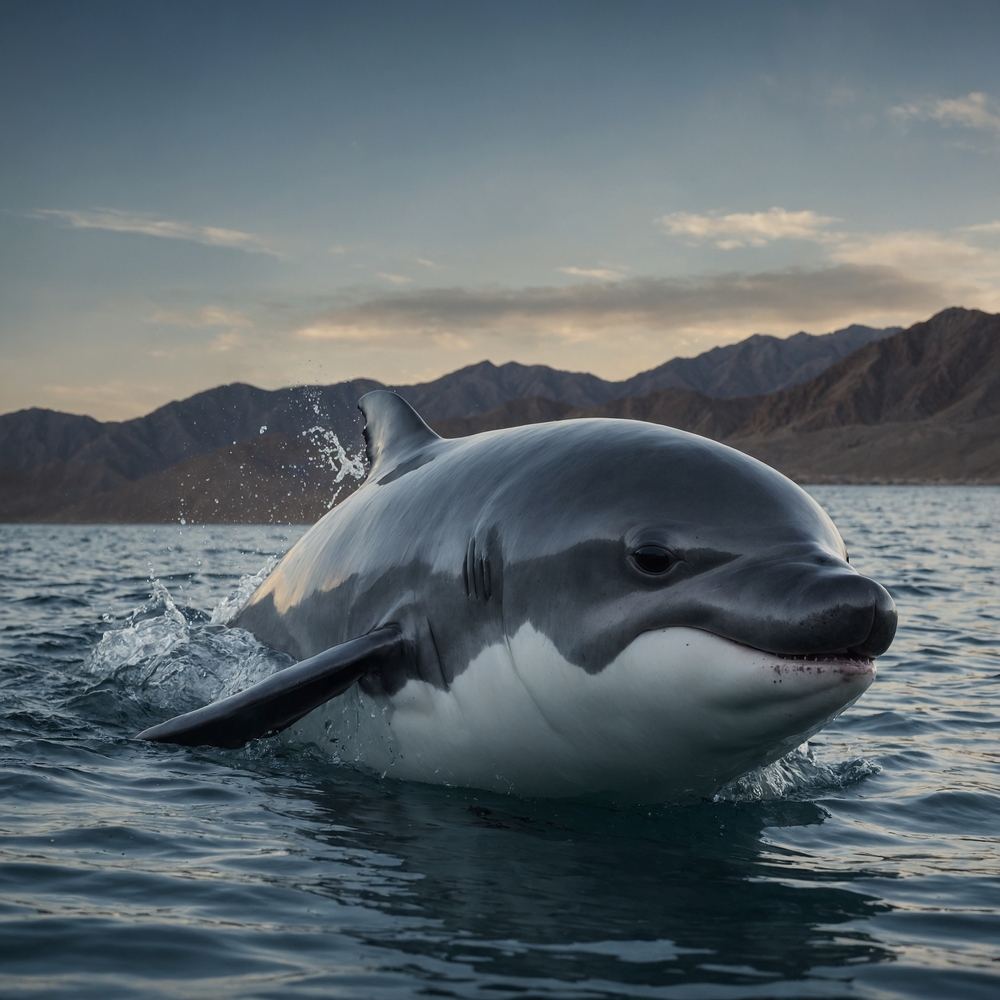
If you venture to the northern part of the Gulf of California, you might be lucky—or rather, incredibly fortunate—to spot a Vaquita. Known as the world’s rarest marine mammal, these small porpoises are critically endangered, with only a handful remaining. Vaquitas are shy, elusive creatures, often avoiding boats and humans. They’re known for their distinctive black eye patches and lip lines, giving them a perpetually smiling appearance. As reported by WWF, the vaquita is critically endangered, with fewer than 20 individuals left, largely due to bycatch in illegal fishing operations.
Their decline is primarily due to bycatch in illegal fishing operations. Conservation efforts are in full swing to save the Vaquita from extinction, but time is running out. Seeing a Vaquita is a rare privilege, a glimpse into the fragile balance of ocean ecosystems. For now, they remain on the edge of survival, a poignant reminder of the impact of human activity on the natural world. If you ever find yourself in their habitat, tread lightly and cherish the waters that are home to such an extraordinary creature.
5. The Unseen Eastern Hellbender
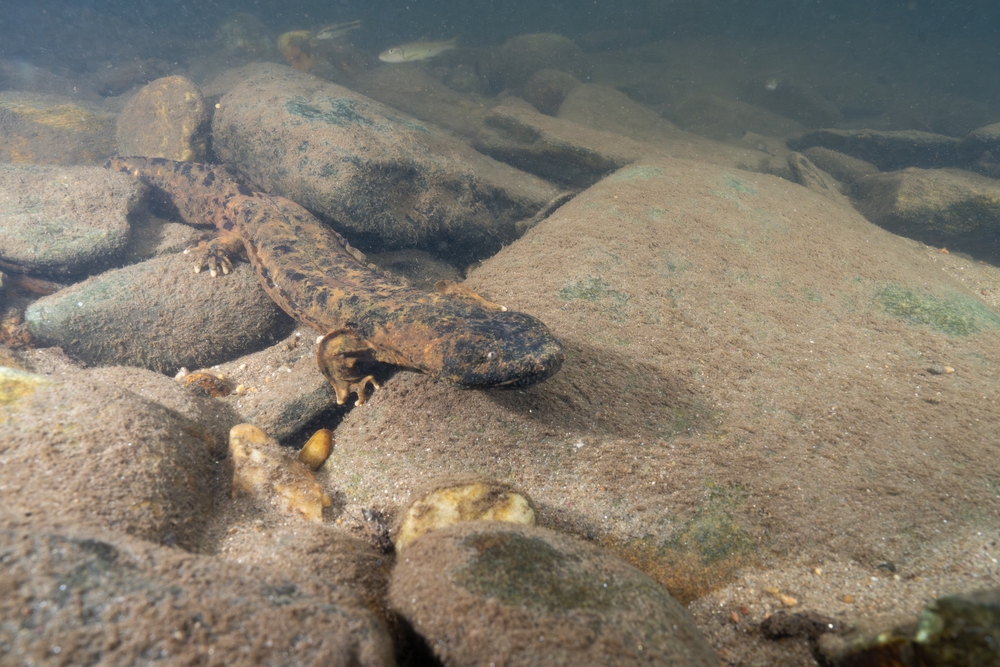
The Eastern Hellbender is the kind of creature that might make you do a double-take. It’s a giant salamander, growing up to two feet long, making it the largest in North America. These aquatic creatures live in clean, fast-flowing streams and rivers, primarily in the Appalachian region. With their flat bodies and loose, wrinkled skin, they’re definitely not winning any beauty contests. But their appearance is perfectly suited for life under rocks in riverbeds.
Hellbenders play a crucial role in their ecosystems, acting as both predator and prey. Despite their intimidating name, they’re not dangerous to humans, though they’re incredibly elusive. Habitat destruction and water pollution pose significant threats to their survival. Conservation programs are working to monitor and support Hellbender populations, ensuring these unique amphibians continue to thrive. Spotting one in the wild is a rare encounter, so if you do, count yourself among the lucky few who’ve seen this ancient river dweller.
6. The Spine Chilling Gila Monster
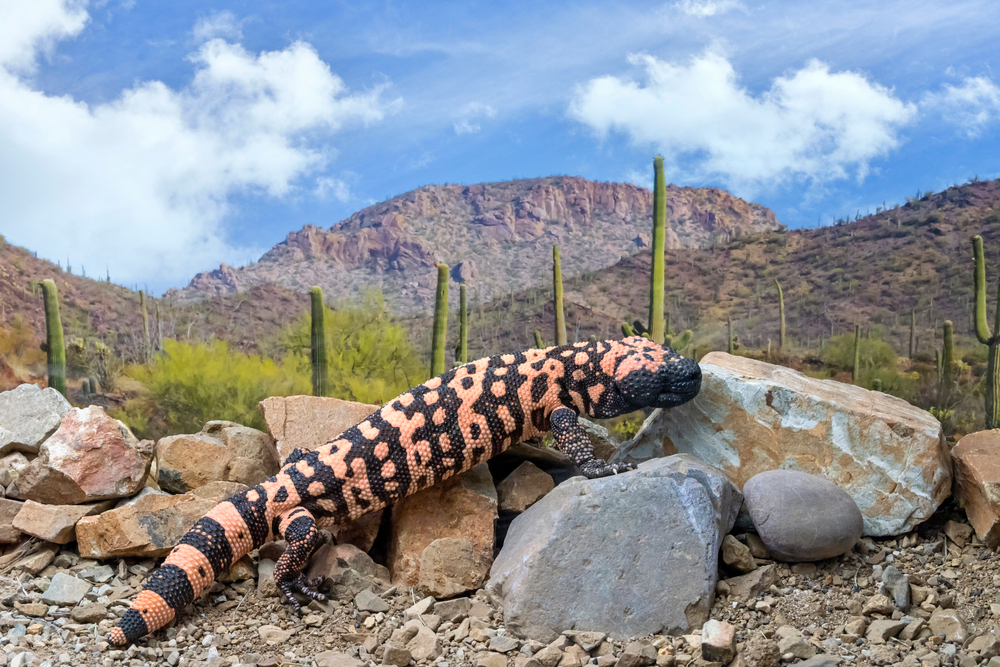
If you’re trekking through the deserts of the southwestern United States, you might stumble upon the Gila Monster. This lizard holds a special title as one of the only venomous lizards in North America. But don’t worry—they’re not aggressive towards humans unless provoked. With their striking black and orange patterns, they’re not only rare but also a visual spectacle. These solitary creatures spend most of their lives in burrows, emerging primarily to hunt and bask in the sun.
Gila Monsters are slow-moving, taking their time to navigate their arid habitats. Despite their venomous status, they’re protected under law due to their declining numbers and unique ecological role. Seeing one is like finding a living fossil, a glimpse into the ancient past of American deserts. Their survival hinges on the preservation of their natural habitats. So while you’re out exploring, remember to respect the land that supports such an extraordinary creature.
7. The Rare Black-Footed Ferret
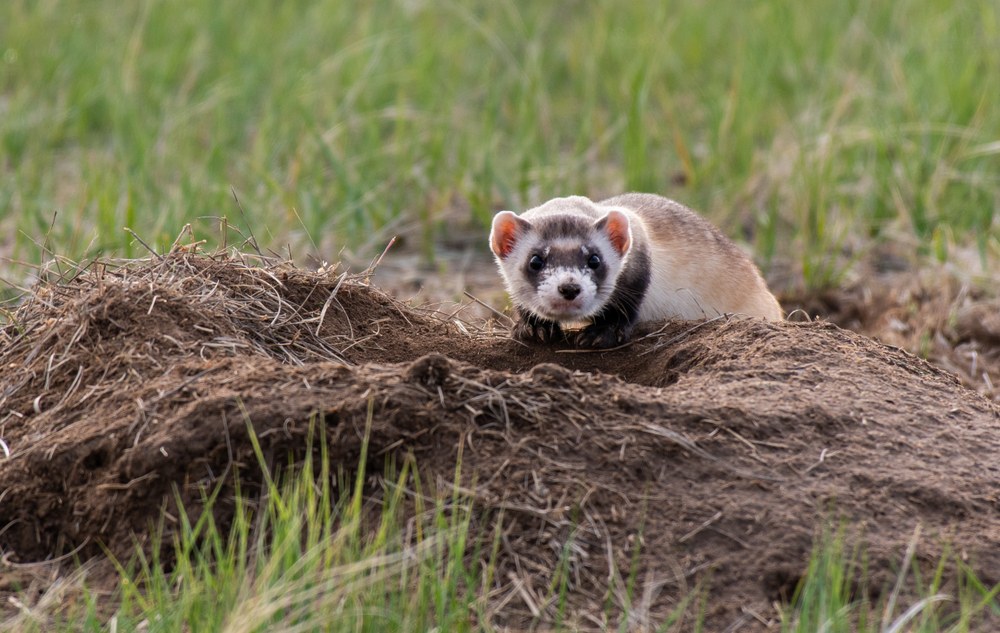
The Black-Footed Ferret is one of North America’s rarest mammals and a true conservation success story. Once thought extinct, these ferrets have made a remarkable comeback thanks to captive breeding programs. Found mainly in the Great Plains, they rely heavily on prairie dogs for both food and shelter. These sleek, nocturnal hunters are perfectly adapted to their prairie environment, with keen eyesight and hearing. Despite their resurgence, they remain elusive, with sightings being a rare delight.
The survival of Black-Footed Ferrets is closely tied to the health of prairie dog populations. Habitat destruction and disease pose significant challenges to their continued recovery. Conservationists are working tirelessly to reintroduce them to suitable habitats across the plains. Seeing one in the wild is witnessing a testament to perseverance and the power of conservation. If you ever find yourself on the plains at dusk, keep an eye out for these nimble creatures. They’re a living reminder of the delicate balance of ecosystems.
8. The Spectacular Kirtland’s Warbler
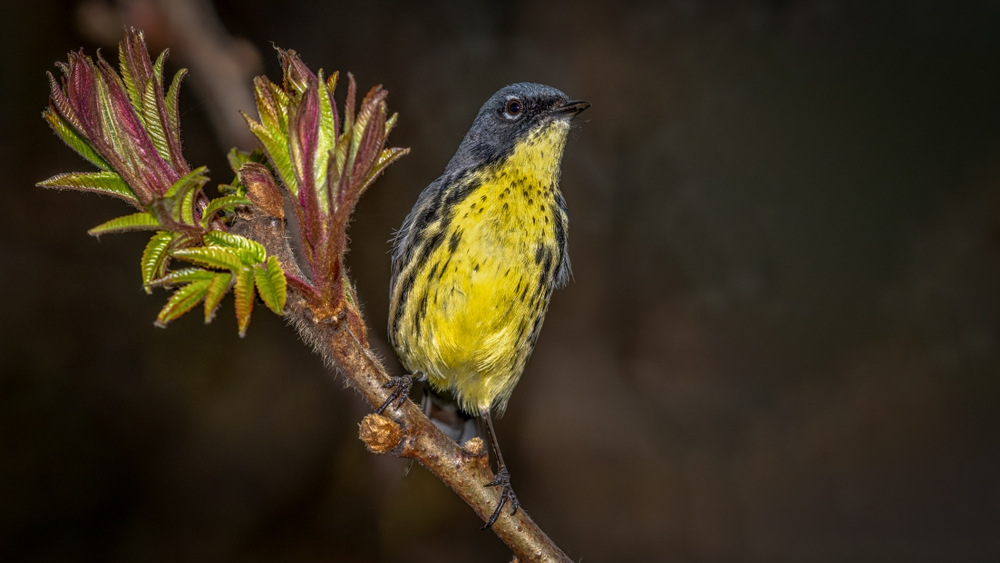
Bird watchers, this one’s for you—the Kirtland’s Warbler is a rare gem in the avian world. Found mainly in Michigan, these warblers are incredibly picky about their habitat, preferring young jack pine forests. Their distinctive yellow bellies and striking songs make them a sought-after sight for bird enthusiasts. Despite their beauty, they were once on the brink of extinction, with habitat loss posing a major threat. Conservation efforts have since brought them back from the edge, but they remain a rare sight.
These warblers are a true testament to the importance of habitat preservation. They rely on controlled burns to maintain their preferred environment, highlighting the complex interplay of nature’s processes. Spotting a Kirtland’s Warbler in the wild is like winning a nature lottery. Conservation programs continue to monitor their populations, ensuring they thrive for future generations. So if bird watching is your thing, add the Kirtland’s Warbler to your must-see list—it’s a rare and beautiful glimpse into the world of North America’s avian wonders.
9. The Mysterious Jaguarundi
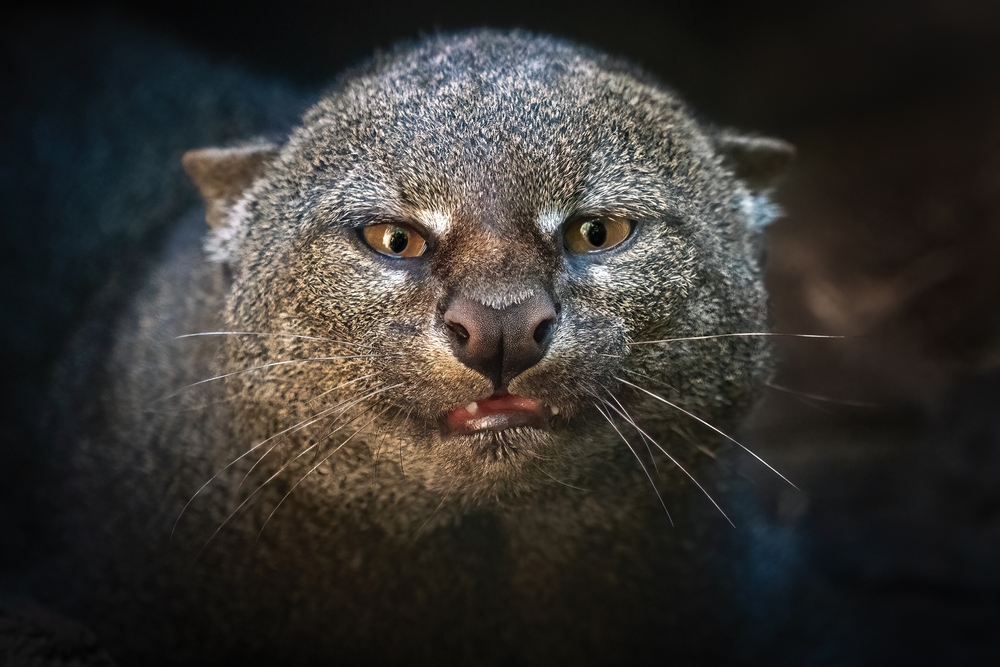
Picture a sleek, small cougar, and you’ve got a rough idea of what a Jaguarundi looks like. These elusive cats roam the dense brushlands of southern Texas and Mexico. With their long bodies and short legs, they’re perfectly adapted for life in thick underbrush. Unlike other wild cats, Jaguarundis are active during the day, but their stealthy nature makes them hard to spot. They’re known for their unique vocalizations, which range from whistles to chirps, almost like birds.
Despite their adaptability, habitat loss and fragmentation threaten their numbers. Conservation efforts are underway to protect the brushlands they call home. Spotting a Jaguarundi is a rare privilege and a testament to the rich biodiversity of North America. Their presence is a reminder of the mysteries that still roam our wilderness. If you’re ever in their territory, keep your eyes and ears open—you may just catch a glimpse of this rare feline ghost of the brushlands.
10. The Creepy Allegheny Woodrat
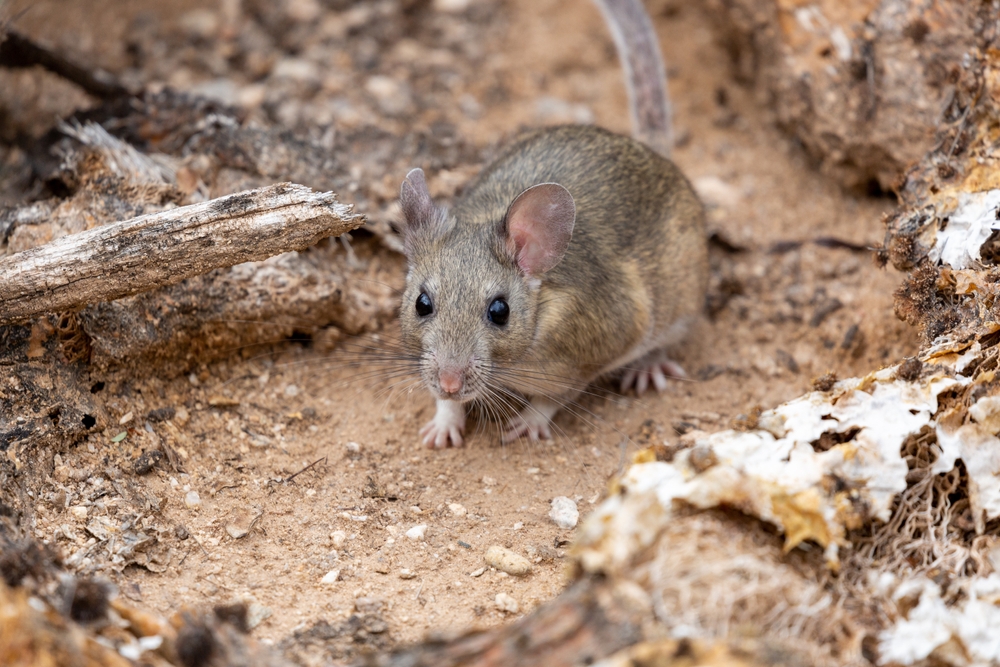
The Allegheny Woodrat is not your typical rat, and seeing one is a cause for celebration among wildlife enthusiasts. Found in rocky outcrops and caves of the Appalachian Mountains, these rodents are more akin to packrats. They’re known for their habit of collecting and storing various objects, earning them the nickname “trader rats.” Despite their industrious nature, they’re rarely seen, making them one of North America’s more mysterious mammals.
Their populations are declining due to habitat loss and competition with the invasive black rat. Conservation efforts are focused on preserving their natural habitats and understanding their ecological needs. Spotting an Allegheny Woodrat is like finding a needle in a haystack, but it’s a rewarding experience for those lucky enough to encounter them. They play a critical role in their ecosystems, and their decline could have far-reaching impacts. So if you’re exploring the Appalachian wilderness, keep an eye out for these fascinating and rare rodents.
11. The Enigmatic Eastern Indigo Snake
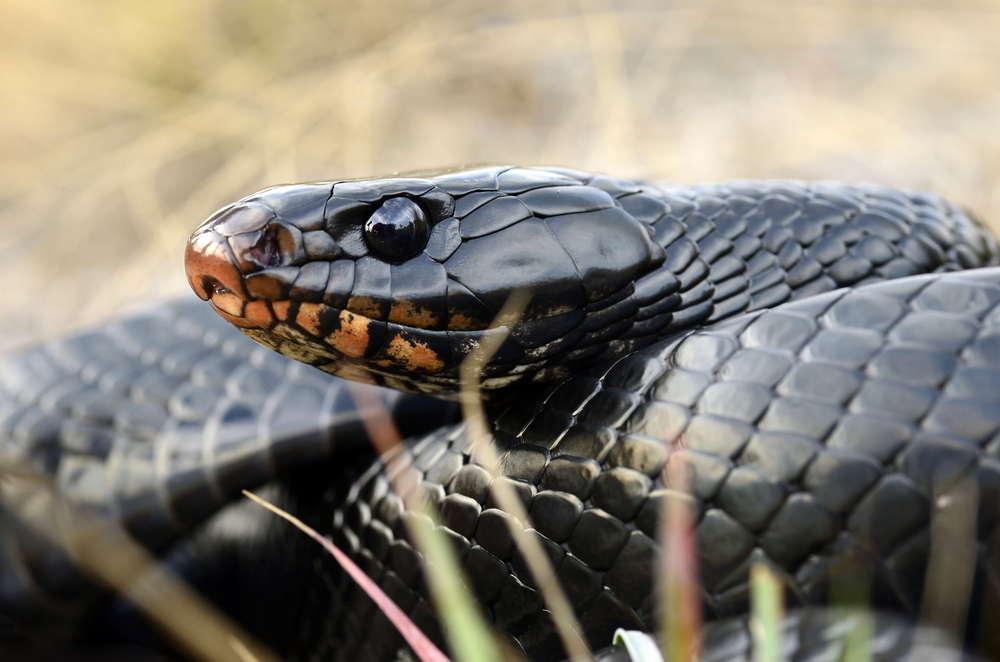
If you’re exploring the southeastern United States, you might just come across the Eastern Indigo Snake. Known for their striking blue-black coloration, these snakes are the longest native snakes in North America. They’re non-venomous and quite docile, making them fascinating rather than frightening. Despite their size, they’re rare, with habitat destruction posing a significant threat to their survival. Their preference for undisturbed pine forests and longleaf ecosystems makes them a rare sight.
Conservationists are working to protect these critical habitats to ensure the survival of these majestic snakes. Spotting an Eastern Indigo Snake in the wild is like finding a piece of living art, a testament to the beauty of biodiversity. They’re important predators in their ecosystems, controlling populations of smaller animals. Their presence indicates a healthy, balanced environment, making them a key species in conservation efforts. So if you’re in their range, take a moment to appreciate these rare and beautiful creatures.
12. The Secretive Canada Lynx
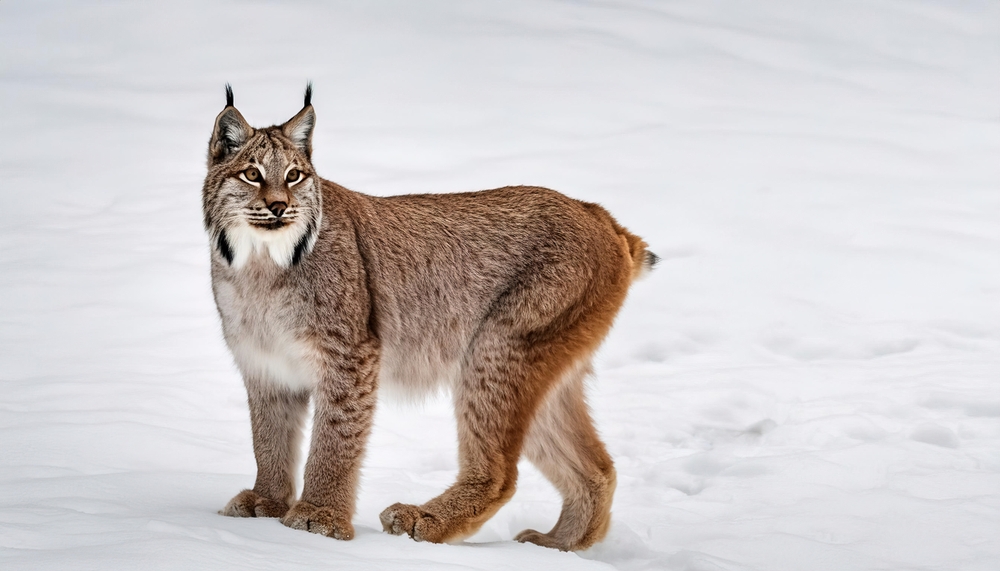
In the snowy forests of the northern United States and Canada, the Canada Lynx roams, a master of stealth and camouflage. These medium-sized cats are known for their tufted ears and large, snowshoe-like paws. They’re elusive and nocturnal, making sightings extremely rare, even in their core habitats. The Canada Lynx relies heavily on snowshoe hares for food, and their populations fluctuate in tandem with their prey. Spotting a lynx in the wild is akin to witnessing a ghost in the forest.
Conservation efforts focus on preserving their habitat and prey populations to ensure their continued survival. These cats are incredibly adapted to their cold environments, thriving in places where others might struggle. Their presence is a sign of a healthy boreal forest ecosystem. If you’re lucky enough to see one, it’s a memory you won’t soon forget, a rare connection with the wild, untamed nature of North America. So bundle up and venture into the snowy wilderness—you might just catch a glimpse of this rare and beautiful feline.
